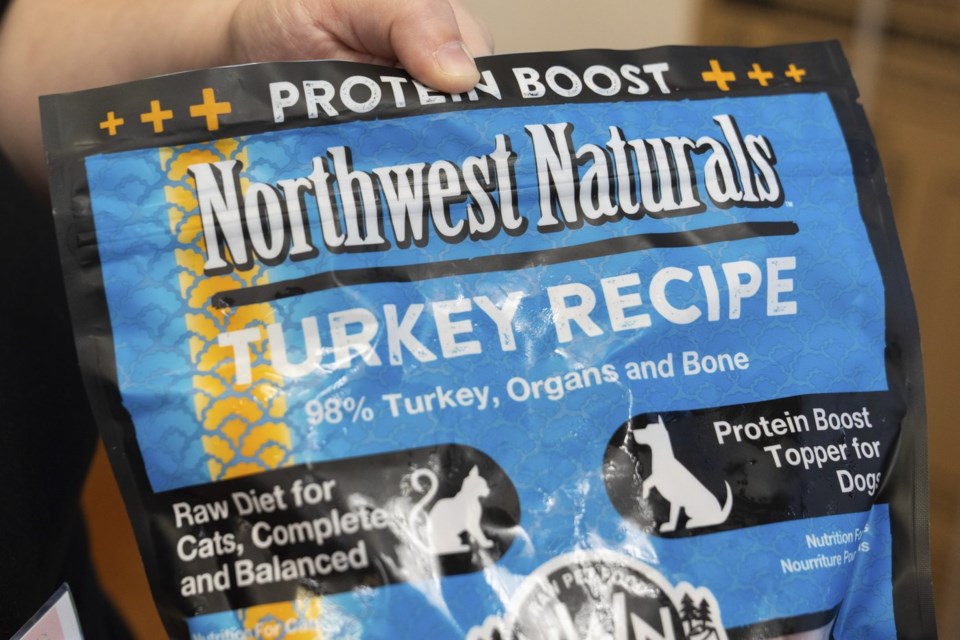
Bank of Nova Scotia ( BNS -1.06% ) , often just called Scotiabank, isn't particularly well known in the U.S.
, where it has only a minimal presence. This is one of the key reasons the giant Canadian bank's stock is down roughly 25% from its 2022 high-water mark. But management of the Toronto-based bank is looking to change things, and now is a good time to add this bank if you are looking to maximize the passive income your portfolio generates.

One big thing to like about Bank of Nova Scotia The S&P 500 index ( ^GSPC -0.54% ) is yielding about 1.2% today.
The average bank, using SPDR S&P Bank ETF ( KBE -1.08% ) as an industry proxy, has a yield of about 2.1%.
Scotiabank's dividend yield is nearly 5.4%. If you are looking at banks and have a focus on dividend income, Scotiabank should be near the top of your research list.
The interesting thing is that Scotiabank isn't some financially weak or troubled bank. It has paid a dividend every single year since it started paying a dividend in 1833. It also has an investment-grade-rated balance sheet .
It also happens to be one of the largest banks in Canada. That last point is important because Canadian banking regulations are more stringent than U.S.
regulations. The regulatory regime has, effectively, created a small number of large banks (Scotiabank is one of them) that have protected market positions. Equally notable, the regulatory environment has left these large banks with generally conservative operating models.
BNS data by YCharts Bank of Nova Scotia is a good bank that looks like it will have no problem supporting its dividend over the long term. But there is one problem, which helps explain why the stock is down around 25% from its 2022 highs. That problem is Latin America.
Bank of Nova Scotia is shifting gears Most of the large Canadian banks, in search of growth, expanded into the U.S. market.
Scotiabank wanted to differentiate itself and skipped over the U.S. to build a presence in Latin America.
Although the emerging economies south of the U.S. border offer more growth opportunities, they are also more volatile economically speaking.
In the end, this initiative caused Scotiabank to lag behind its Canadian peers in key metrics like earnings growth and return on equity. It is shifting gears now in an attempt to get performance back in line with its banking peers . The multipronged effort can be summed up pretty easily: Reduce exposure to less desirable markets and increase exposure to more desirable ones, including the U.
S. The overhaul is going to take several years, but Scotiabank has made one big move. It bought a roughly 15% stake in KeyCorp ( KEY -1.
36% ) , which is based in Cleveland. Although management likely wants more exposure to the U.S.
market than that over the long term, it has been very clear that it is serious about its strategic shift. That's likely part of the reason Scotiabank's shares are up more than 20% since the Keycorp investment was announced in August 2024. However, there's still a long way to go before the shares have recovered all of the ground they lost.
The fat dividend yield is ample compensation for what is really a pretty low-risk turnaround situation . Scotiabank is worth a deep dive today If you are looking at financials and have an interest in dividend stocks , Bank of Nova Scotia is a company you should be looking at. Although the stock is up notably of late, it remains well off its highs.
But with a strong plan to improve performance in the years ahead, the high yield on offer today probably won't last forever as share prices rise. In the end, this is the type of company you buy and hold for the long term. That's an even more appealing proposition today because it looks like the stock is cheap.
.















